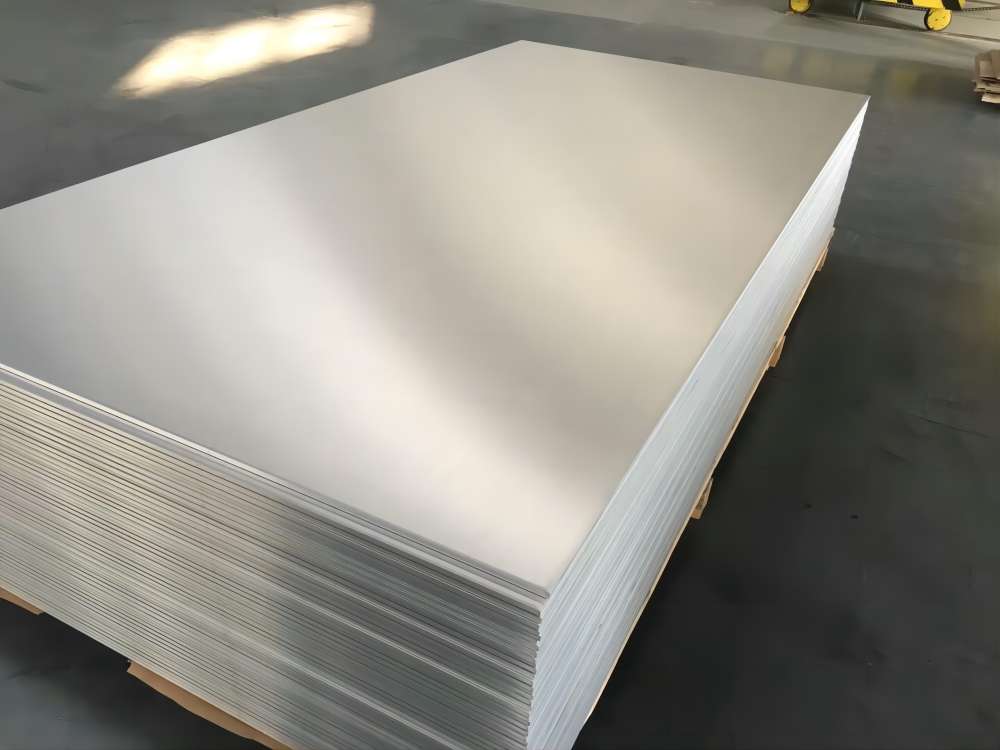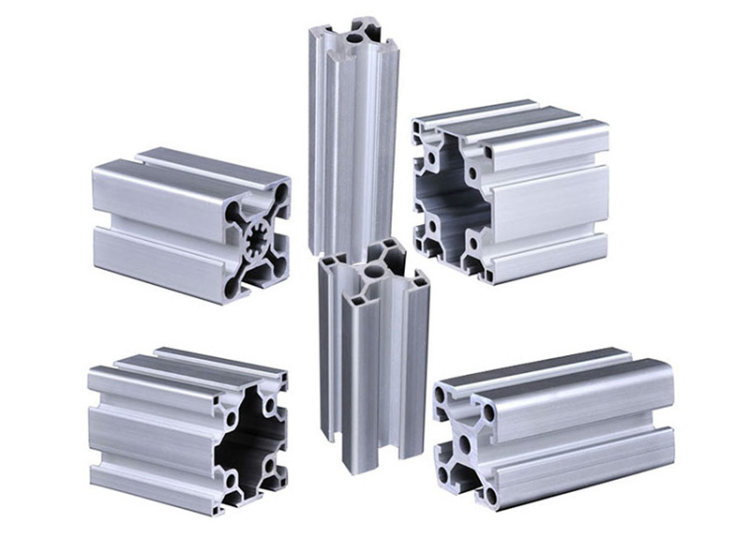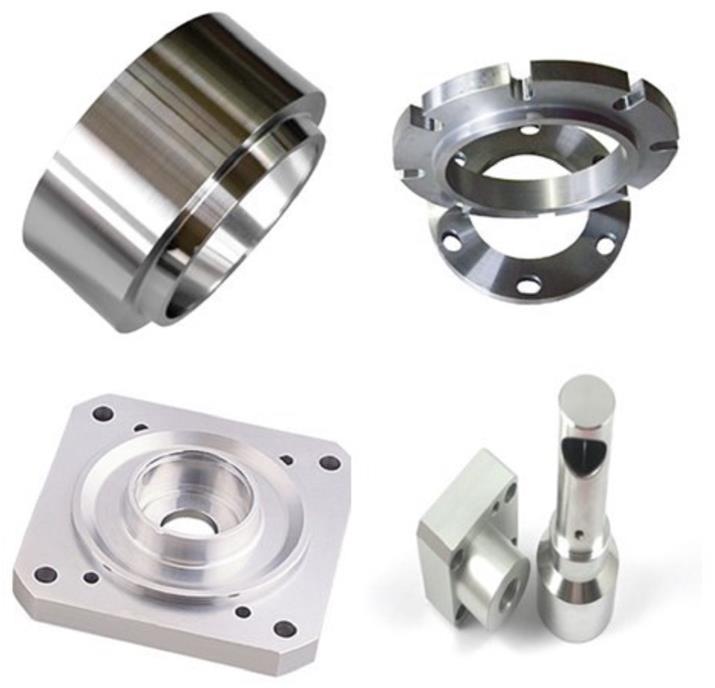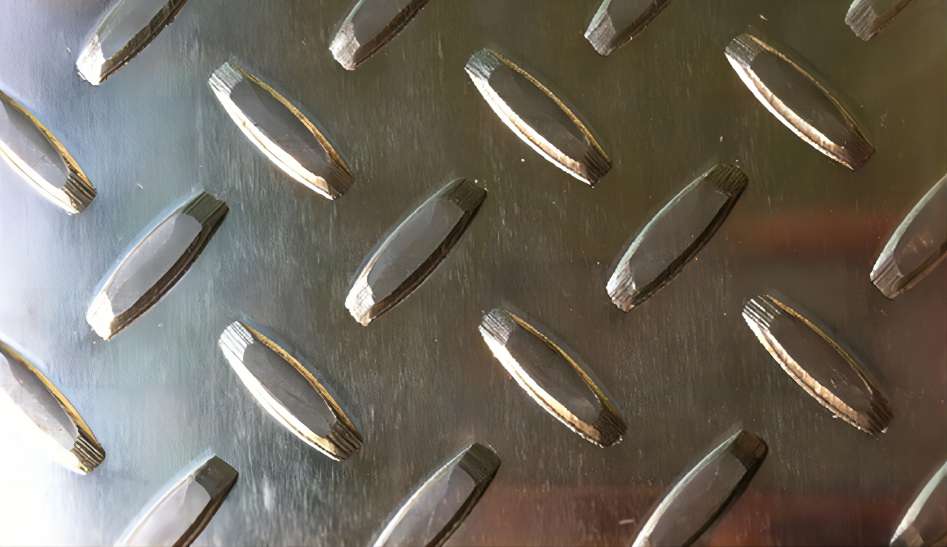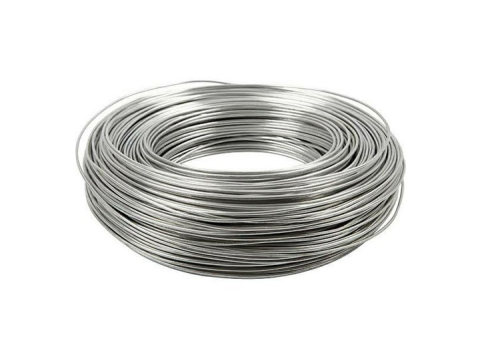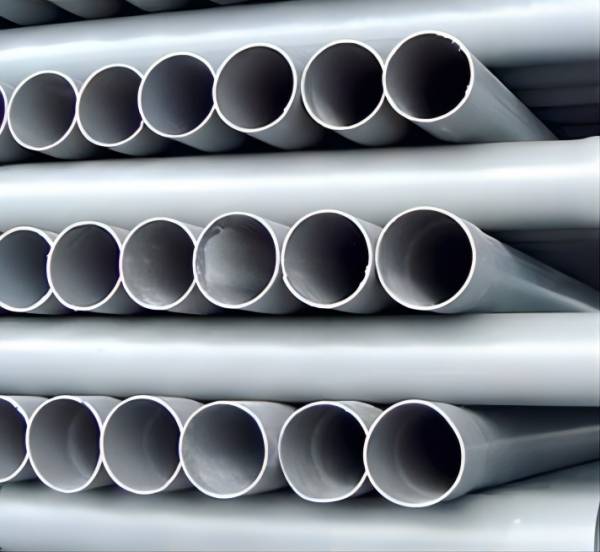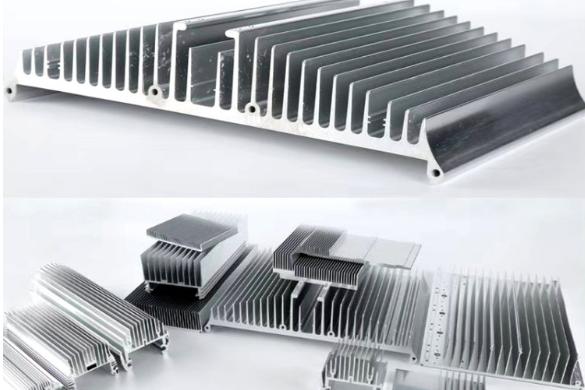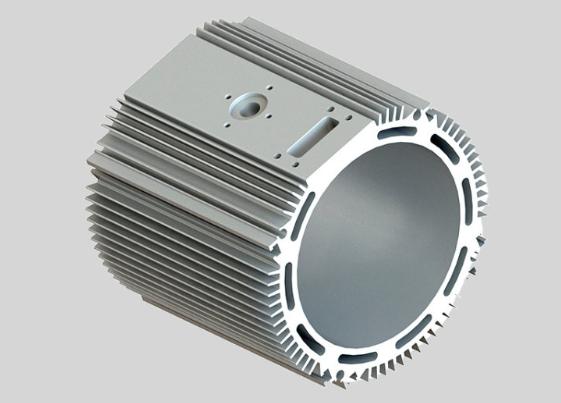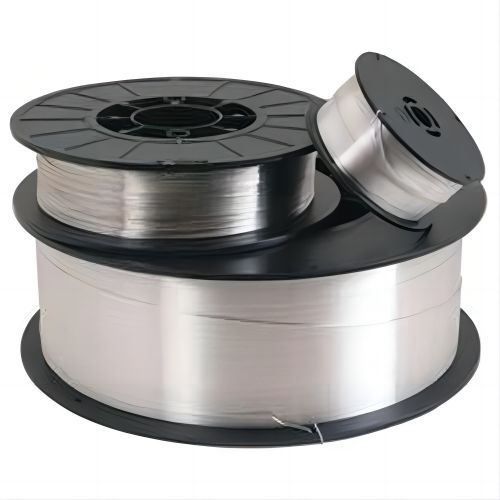The Difference Between Cold Rolled Aluminum Sheet and Hot Rolled Aluminum Sheet
Aluminum, a remarkably versatile material, finds extensive use across a wide spectrum of industries, from construction to electronics and automotive manufacturing. However, not all aluminum sheets are created equal. Two prominent…
What are the Different Types and Applications of Aluminum Machining Parts?
Aluminum machining is a versatile process that can be used to produce a wide variety of parts. The specific type of aluminum machining part that is used will depend on the…
Exploring Different Types of Aluminium Channels for Various Applications
Aluminium channels are versatile structural components that find application across a wide range of industries due to their strength, durability, and corrosion-resistant properties. These channels come in various shapes and designs,…
The Rise of Aluminum Foil Food Containers: A Safer and Greener Choice
In recent years, as plastic restrictions have become more stringent and the public has gained a deeper understanding of the environmental impact of foam and plastic food containers, many restaurants…
Tolerances and Surface Finishes Achievable with Aluminum Machining
Aluminum machining is the process of shaping aluminum parts using cutting tools. It is a versatile process that can be used to produce a wide variety of parts, from simple shapes to…
Exploring 8 Common Patterns of Aluminum Checker Plate
Aluminum checker plates, also known as aluminum tread plates or durbar plates, are widely used for their anti-slip properties and aesthetic appeal. These plates are characterized by their distinct patterns, which…
Aluminium Swing Gates: Everything You Need to Know
Aluminium swing gates are a popular choice for driveways, patios, and other areas that need a secure and durable barrier. They are made from lightweight aluminium, which makes them easy to…
Aluminum, Copper, and Steel Cable Wire: What’s the Best Choice for Your Application?
Cable wire is a type of wire that is used to transmit electricity, data, or other signals. It is made up of a conductor, which is the material that carries…
Extruded Aluminum Tubes: Manufacturing, Applications, and Advantages
Extruded aluminum tubes are a versatile and reliable material with a wide range of applications. They are lightweight, strong, durable, and versatile, making them a popular choice for a variety of…
How Does the Type and Thickness of the Aluminum Profile Influence Aluminum Heat Shield Performance?
In the world of engineering and technology, managing heat is a critical endeavor. Whether it’s protecting sensitive electronic components, ensuring the efficiency of automotive systems, or enabling aerospace exploration, effective…
Revolutionizing Industries: Aluminum Motor Housings in Aerospace and Automotive
In the world of aerospace and automotive engineering, innovation knows no bounds. The relentless pursuit of efficiency, performance, and sustainability drives technological advancements that shape the future of these industries…
Everything You Need to Know About Aluminum Welding Wire and MIG Wire
Aluminum is a versatile and lightweight metal that is used in a wide variety of applications. However, welding aluminum can be challenging, as it has a high melting point and…

